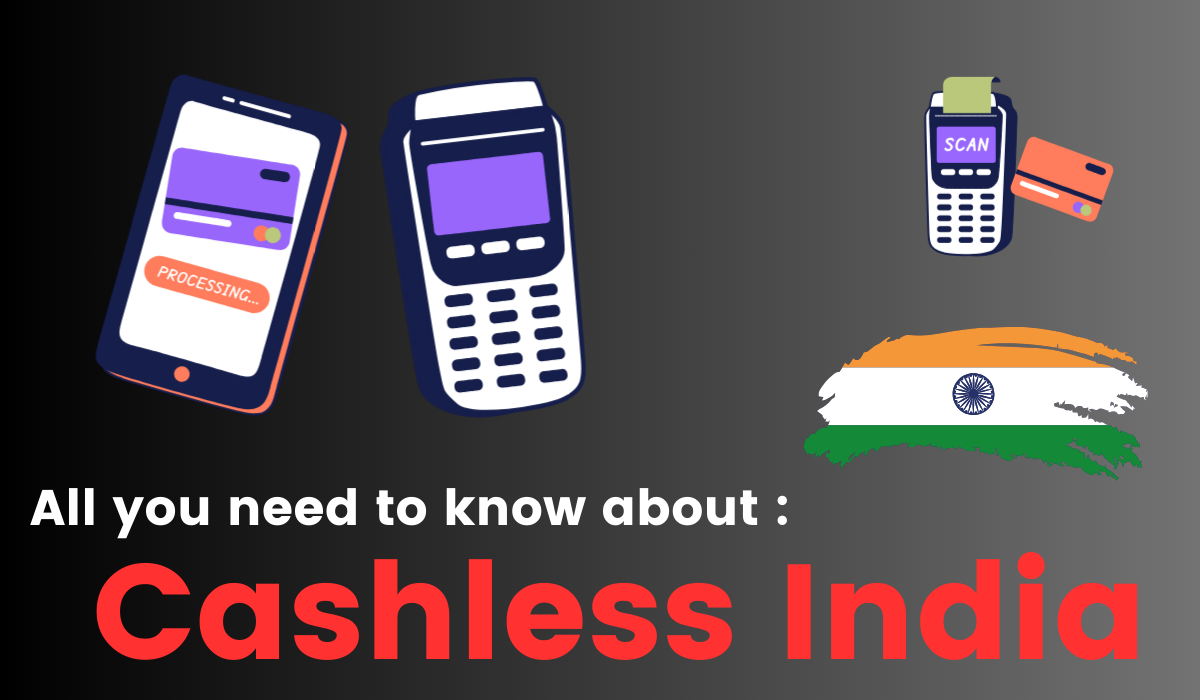In 2016, the Indian government launched a bold initiative to transform India into a cashless society by 2024 – Cashless India 2024. This ambitious goal is being driven by the rapid adoption of digital payments in India.
Digital payments offer a number of advantages over cash, including convenience, security, transparency, and efficiency. As a result, digital payments are becoming increasingly popular in India. But what will it take for India to become a truly cashless society? What challenges need to be overcome? And what will be the impact on the Indian economy and society?
In this article, we will explore the rise of digital payments in India and discuss the challenges and opportunities that lie ahead on the road to a cashless society.

Benefits of Digital Payments
There are many benefits to using digital payments, including:
- Convenience: Digital payments are much more convenient than cash. You don’t have to carry around cash or worry about getting change. You can simply make payments with your smartphone or other mobile device.
- Security: Digital payments are more secure than cash. Cash can be lost or stolen, but digital payments are protected by encryption and other security measures.
- Transparency: Digital payments are more transparent than cash. You can easily track your spending and see where your money is going.
- Efficiency: Digital payments are more efficient than cash. They can be processed much faster than cash transactions, which can save time and money.
Challenges to Digital Payments
Despite the many benefits of digital payments, there are still some challenges to overcome. These challenges include:
- Lack of awareness: Many people in India are still not aware of the benefits of digital payments.
- Lack of infrastructure: In some parts of India, there is still a lack of infrastructure to support digital payments.
- Security concerns: Some people are concerned about the security of digital payments.
Government Initiatives for Cashless India
The Indian government is taking a number of steps to promote digital payments and move towards a cashless economy. These initiatives include:
- Demonetization: In 2016, the Indian government demonetized 500 and 1000 rupee notes. This move was designed to reduce corruption and black money.
- UPI: The government has launched the Unified Payments Interface (UPI), which is a real-time payment system that allows users to transfer money instantly using their mobile phones.
- BHIM: The government has also launched the BHIM app, which is a mobile app that makes it easy to use UPI.
- Digital India: The government’s Digital India initiative is aimed at transforming India into a digitally empowered society. This initiative includes a number of measures to promote digital payments.
READ MORE: IndiaStack: The Foundation for Financial Revolution
Practical Example
One practical example of how digital payments are being used to promote financial inclusion is the Pradhan Mantri Jan Dhan Yojana (PMJDY). PMJDY is a government scheme that provides banking services to the poor and unbanked.
Under PMJDY, every eligible individual receives a bank account, a debit card, and overdraft protection. The account can be used to receive government benefits, make payments, and save money. Digital payments have played a key role in the success of PMJDY. Aadhaar is used to verify the identity of account holders, UPI is used to make payments, and BHIM is used to access UPI from mobile phones.
As a result of digital payments, over 400 million people have been brought into the formal financial system. This has had a significant impact on their lives, giving them access to essential financial services and helping them to improve their financial well-being.
Conclusion
India is rapidly moving towards a cashless economy. Digital payments are becoming more and more popular, and the government is taking a number of steps to promote their use. Digital payments offer a number of benefits, including convenience, security, transparency, and efficiency.
As India continues to move towards a cashless economy, it is important to ensure that everyone has access to digital payment options. The government and the private sector need to work together to create a digital payment ecosystem that is inclusive, secure, and affordable. If you are not already using digital payments, I encourage you to start today. Digital payments are convenient, secure, and efficient. They can also help you to save money and track your spending.
There are a number of different digital payment options available, so you can choose the one that best suits your needs. You can use your smartphone, tablet, or computer to make digital payments.
I believe that digital payments have the potential to transform India into a more prosperous and inclusive society. By making it easier for people to access financial services, digital payments can help to reduce poverty and inequality.


2 thoughts on “Cashless India 2024: The Rise of Digital Payments”